
After the success of their compact and affordable f/2.8 zooms Tamron has released a small family of f/2.8 primes: we already reviewed the Tamron 2.8/24 Di III OSD, this time I check if the Tamron 2.8/35 Di III OSD is a good performer.
Sample images




Most images in this review can be found in full resolution here.
Specifications
| Diameter | 73 mm |
| Length | 64 mm |
| Filter Thread | 67 mm |
| Weight (no hood, no caps) | 210 g |
| Max. Magnification | 1:2 |
| Close Focusing Distance from the sensor | 0.15 m |
| Number of aperture blades | 7 |
| Elements/ Groups | 9/8 |
| Mount | E-mount |
The Tamron 2.8/35 Di III OSD has a recommended retail price of $349. Check current prices at amazon.com. In Germany the recommended price is 379€. Check at amazon.de.
Contents
Disclosure
This copy was loaned to me free of charge from Tamron Germany for a few weeks.
Features
The Tamron’s biggest feature is its unusual close focusing ability. With a close focusing distance of 15 cm it reaches a magnification of 1:2 which is an unusual feature for a 35mm lens.
Beyond that there are no features worth mentioning. It has no buttons and switches and an aperture ring is also missing.
Build quality
The Tamron 35mm f/2.8 feels solid enough. The outer hull is made from plastics with a metal mount. The rubberized focus ring is easy to grip and resistance is on the low side.

Tamron claims “moisture resistance” and the Tamron 35mm f/2.8 has a rubber gasket. As always I can’t tell how much these claims are worth.
I would say the Tamron feels a little nicer than Sony’s cheapest lenses, like the 1.8/50, but not by much.
Handling
AF
I used the Tamron 35mm f/2.8 on my A9 and A7RIV. AF was on the slow side, especially when it lost focus and started hunting. Focus isn’t internally but the front group moves about 10mm which takes a while. Once the AF has locked on to a subject, tracking is quite reliable, but it should better not loose focus. AF isn’t noisy but can be heard in video.

Manual Focus
Manual focus is non linear, meaning amount of change in focus distance depends on the speed with which you turn the focus ring. Like most I think that this behavior makes focusing manually harder. Another issue is that sometimes the focus change isn’t continuous but happens in jumps. Add the small lag experienced with all focus by wire lenses and overall I found the Tamron to be harder to focus manually than most other E-mount lenses.
Hood
The Tamron 2.8/35’s hood is made from plastics, locks safely into place and protects the front of the lens well. Just like the other available E-Mount 2.8/35 lenses, this lens also features a rather odd looking hood that works very well and takes 67mm filters too. It cannot be mounted reversed, but this shouldn’t be an issue here.
Size and Weight

At just 210g the Tamron 35mm f/2.8 is one of the lighter E-mount lenses although it is almost twice as heavy as the non-macro 2.8/35 lenses from Sony/Zeiss and Samyang. The macro feature combined with the choice of consistent 67mm filter diameter among the Tamron E-Mount lineup leads to a rather bulky design for such a slow prime. Nevertheless, the lens doesn’t take up too much space in the bag and its weight isn’t distracting at all.
Optical performance
These results are based on the use with a Sony Alpha 7RIV.
Flare Resistance
Flare resistance is generally very good. It is not easy to provoke ghosting and the lens is also very resistant to veiling flare and retains high contrast even with the sun in the frame. When the sun is just outside of the frame, veiling flare at the edge can appear.
Sunstars
7 rounded aperture blades result in sun stars without defined and sharp edges that get larger and a bit more defined at apertures smaller than f/11.
Bokeh
Scene 1: close focus, highlights in the background
Scene 2&3: longer distance, busy background / transition zone at f/2.8
Scene 4: shorter distance, high contrast background
- Out of-focus-highlights are rendered neutral with little outlining, even in more demanding scenarios at longer distance.
- Bokeh circles are clean with no obvious onion rings.
- Heptagonal aperture shape becomes rather obvious from f/5.6.
- Cat’s eyes are visible but they aren’t very pronounced.
- The transition zone is mostly smooth.
Bokeh is a more relevant aspect of the Tamron 2.8/35 Di III compared to its 24mm and 20mm siblings. With that focal length / aperture combination, it is possible to throw backgrounds out of focus in portrait scenarios easily and in macro scenarios it is even more relevant. The good news is that backgrounds are rendered mostly smooth and unobstrusive. Like in almost all wide angle lenses, backgrounds with lots of foilage can be more on the nervous side. One issue when working close though is out of focus highlights become heptagons from f/5.6 on.

Chromatic Aberrations
LoCa are corrected very well. At f/2.8 there are slight traces but nothing worth noting.

Lateral CA correction is very good.

Vignetting

Vignetting is pretty strong wide open and improves to moderate values stopped down.
Distortion
Distortion is low and corrected with a value of +3 in lightroom. There is still a slight amount of mustache distortion left that can be corrected by using the available lens profile.
Sharpness
close focusing distance
I just tested central sharpness at 1:2 magnification but it is high from wide open, improves noticeably at f/4 and starts to decrease from f/5.6 due to diffraction.
infinity
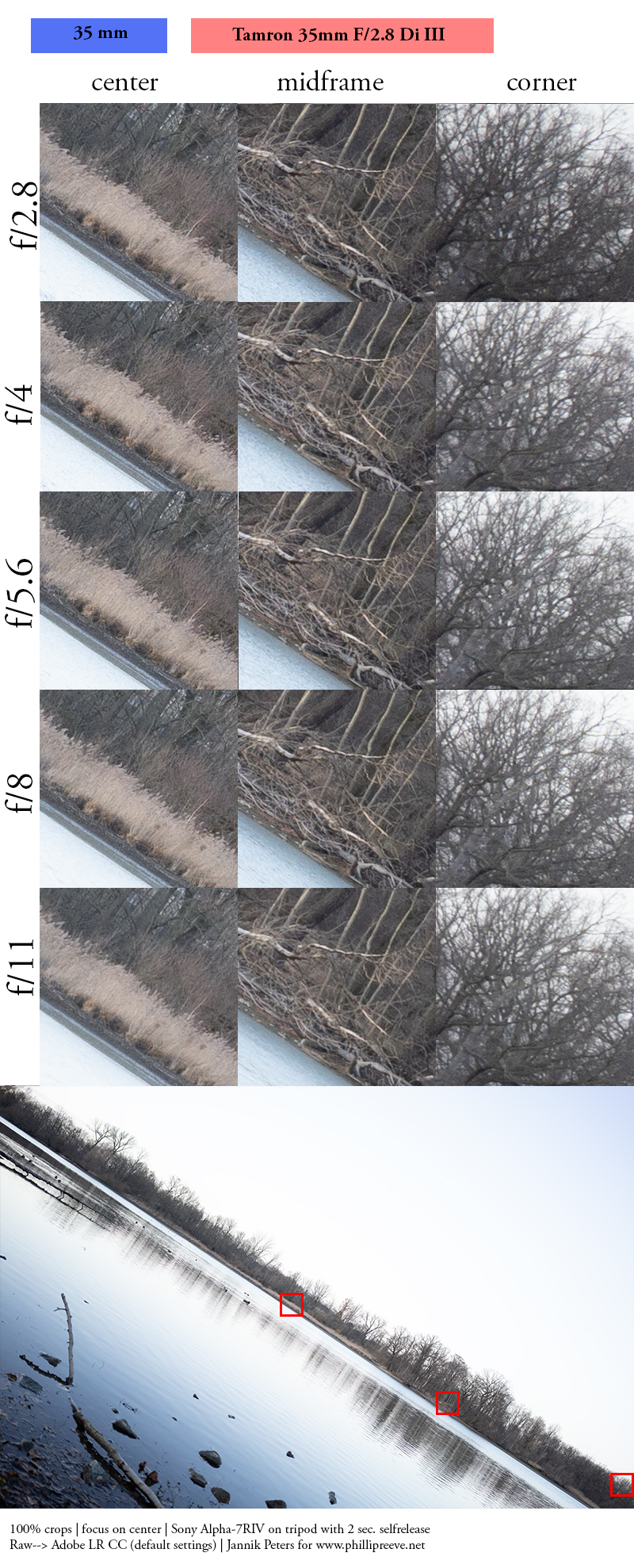
f/2.8: Very good sharpness across the frame. Excellent to the midframe
f/4: Barely visible contrast improvement in the center and midframe to peak sharpness, corners improve a bit.
f/5.6: Excellent across the frame
f/8: Diffraction starts to show across the frame
f/11: Diffraction further decreases contrast and sharpness
The Tamron 35mm F/2.8 Di III is an excellent performer when it comes to infinity sharpness. It is perfectly useable wide open and already excellent in the center and the midframe. Sharpness peaks at f/5.6, where it is excellent across the frame, even at 61MP.
Alternatives

The list of native 35/40mm lenses is growing constantly. Being a rather cheap and and rather slow and close focusing lens boils the competition mostly down to the following options:
Samyang 2.8/35: A much smaller and lighter lens and a tad more affordable. It is less sharp, comes with stronger vignetting and has worse flare resistance.
Sony FE 2.8/35 ZA: The Sony FE 2.8/35 was one of the fist FE lenses and is still a popular choice. Its main appeals are the tiny dimensions and the silent yet fast AF, but the Tamron is better optically and much cheaper.
Sony FE 1.8/35: The Sony is 1.3 stops brighter than the Tamron but not larger. The Sony lens has manual lens controls and much better AF. The Tamron has the better macro feature, is better corrected, a bit sharper at the image edges and costs almost half the price.
Zeiss Batis 2/40 CF: A stop faster, and better build quality, faster but less precise AF. Optically, it is a toss, the Zeiss is not significantly sharper or better corrected. The additional cost is only worth it if the additional stop will contribute significantly to the results.
Conclusion
pros
|
average
|
cons
|
The Tamron 2.8/35 Di III OSD is a very sharp lens with good flare resistance and the unique feature of a 1:2 magnification. While it isn’t as compact as some competing primes it is still a lot smaller than any zoom covering 35mm and build quality leaves little to complain about.
To be honest with you, I never really enjoyed using this Tamron 2.8/35. It is neither fast focusing in AF mode nor enjoyable to focus manually due to the non-linear focus coupling. Nevertheless, the results made me forget quickly about these quirks. Optically, it is the best lens out of the three new wide angle primes and leaves not much space for complaints in this regard. Personally, I would have prefered a smaller lens without the macro feature, but I also understand the appeal of a common filter thread and the need for a unique selling point in the crowded 35mm lens range.
Recommendation
There are many options at 35mm, the obvious question is who should choose this one. The main strength of this lens is the image quality/price-ratio. The Tamron 2.8/35 Di III OSD is one of the best corrected 35mm lenses and relatively cheap. Furthermore it offers the attractive close up feature that can be useful at times. From this point of view, the lens is an obvious choice for everybody who is fine with the limited speed and not totally size-sensitive. The 67mm filter thread is shared with many Sony FE and Zeiss Batis lenses which can be handy. Nevertheless, it can take some effort to make the lens shine on your camera. The non-ideal focusing in every mode is underwhelming, which makes me hesitate to recommend this lens to action-/ wedding-/family-photographers and to those who do photography more for the joy of taking pictures than archieving the best results.
The Tamron 2.8/35 Di III OSD has a recommended retail price of $349. Check current prices at amazon.com. In Germany the recommended price is 379€. Check at amazon.de.
More Image Samples
Most images in this review can be found in full resolution here.







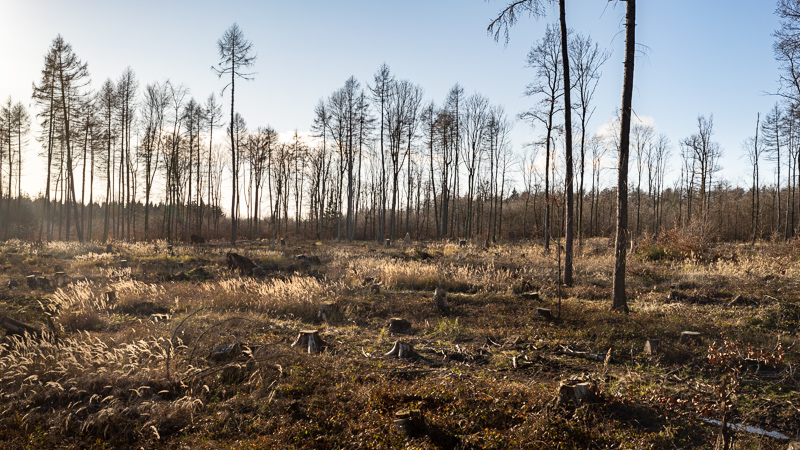


Other articles
- Beginner’s Guide to Manual Lenses on the Sony a7 series
- The best lenses below $499 for the Sony a7 series
- Sony FE List
- Guide to Wideangle lenses for the Sony a7 series
- Sony FE lenses: A comprehensive and independent guide
This site contains affiliate links. If you make a purchase using any of the links marked as affiliate links, I may receive a small commission at no additional cost to you. This helps support the creation of future content.
Jannik Peters
Latest posts by Jannik Peters (see all)
- A beginner’s guide to bird photography – Episode 1: Sharpening your senses - August 3, 2021
- Review: Tamron 35mm F/2.8 Di III OSD M1:2 - March 8, 2020
- Review: Zeiss Batis 2/40 CF after the Firmware Update - August 16, 2019

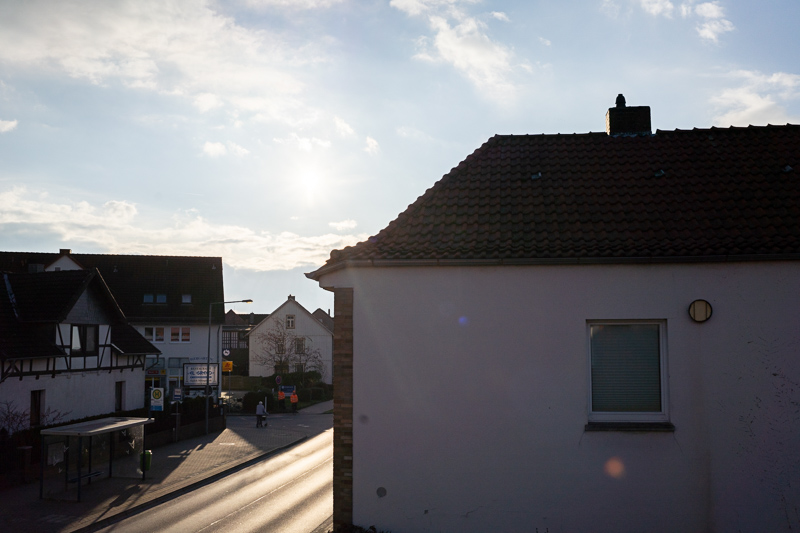


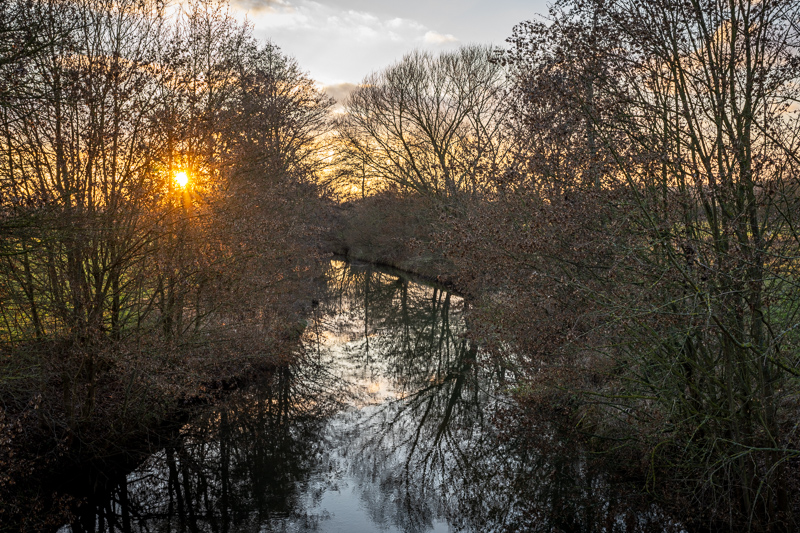












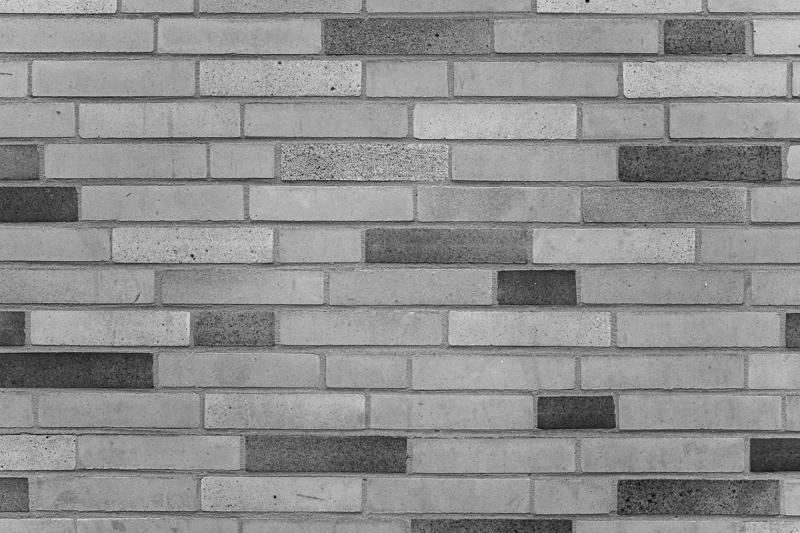




Interesting lens but hard to choose this before the 35 1.8. Great article & photos Jannik!!
Thank you, Jose! I agree, this is a hard choice. Many people will prefer the 1.8/35 for the reasons of speed and convenience.
I agree. The one big thing this lens has going for it is price and I’m delighted to see more quality affordable lenses hitting the mount.
“Dieses Exemplar wurde mir für einige Wochen kostenlos von Tamron Deutschland ausgeliehen.”
Fein – aber was hat das mit der Realität derer zu tun, die so ein Objektiv bei einem Händler kaufen müssen?
Hintergrund: ich habe gerade unter erheblichem Verlust (!!) ein 85er GM und ein 50er FE (für Sony) wieder verkauft, die beide bei einem Vergleich auf einer Hausmesse eines Fotogeschäftes mit den Ausleihe-Exemplaren der angereisten Sony-Leuten von mir verglichen worden sind. ERNÜCHTERND! Ich halte nicht nur das 85er GM, sondern auch das 50er (leicht abgeblendet – hervorragende Schattenübertragung – tiefstes schwarz!) im Grunde genommen für die hervorragendsten Objektive. Nur – wie viele davon müsste ich kaufen um nur “ein” gutes Exemplar zu erhalten? NASE VOLL!
Was das 35er Tamron hier angeht, so habe ich bereits Testvergleiche im Netz gesehen, bei denen bei Architekturaufnahmen sich doch die Verzeichnung unschön auswirkt (“gebogene” Hochhäuser am Bildrand). So etwas kann man allenfalls bei einem preiswerten Altglas akzeptieren – bei einem Neukauf könnte ich mit so einem Mangel nicht froh werden.
Hallo, Sie bringen hier leider einiges durcheinander und projizieren Ihren durchaus nachvollziehbaren Frust auf unsere Testberichte. Klar ist, dass unsere Testberichte immer nur für das Exemplar repräsentativ sind, das wir auch tatsächlich in der Hand haben. Es ist weithin bekannt, dass jedes Produkt einer gewissen Streuung unterliegt, davon sind auch Objektive nicht ausgenommen. Leider musste ich auch schon unzählige Exemplare diverser Hersteller zurücksenden oder reparieren lassen, weil diese nicht meinen persönlichen Erwartungen genügt haben. Im Vorfeld jedes Tests überprüfen wir die Objektive auf Dezentrierung, so dass Sie hier im Zweifelsfall mindestens ein akzeptables Exemplar sehen. Dies gilt für unsere eigenen wie für geliehene Objektive. Ich kann Ihnen nur ans Herz legen, dies ebenfalls zu tun.
Die von Ihnen angesprochene Verzeichnung verwechseln Sie mit den 2.8/24mm und 2.8/20mm Objektiven von Tamron, die dieses Verhalten sehr deutlich zeigen. Das 35mm tut dies nicht und ist den anderen beiden deshalb optisch überlegen.
Verstehe ich das richtig, Sie meine es gibt eine Serienstreeung bei der Verzeichnung? Das lese ich zum ersten Mal…
Bei der Randschärfe und Zentrierung machen manche Hersteller mehr Abstriche als das dem Kunde lieb sein kann, aber das lässt sich glücklicherweise schnell testen. Wer normale Anforderungen an seine Objektive hat wird aber meiner Erfahrung nach kaum eine Odysse durchleben müssen, zumal bei 50/85mm Objektiven.
gebogene Hochhäuser bei preiswerten Altglas?
Weil damals keine elektronische Korrektur existierte, waren die meistens hier sogar relativ gut, vor allem bei >35mm.
Übrigens bitte die Verzeichnung nicht mit der perspektivischen Verzerrung verwechselt, dafür gibts Tilt-Shift und Photoshop.
Und überhaupt, was soll denn bitteschön eine “Schattenübetragung” sein? Hoffentlich beurteilen Sie das am OLED Display, mit absolutem Schwarzwert…
Hallo –
anscheinend ist es einfacher einander willentlich miss zu verstehen als ernsthaft eine Diskussion führen zu wollen – wie sonst könnte ich ihren ersten Satz verstehen? Verzeichnung ist ein Fehler der darauf beruht, dass über das gesamte Bildfeld ein einheitlicher Brennweitenwert nicht zu erreichen ist. Dieser Unzulänglichkeit ist vom Entwurf der Optik her bestimmt und nicht durch Streuung in der Fertigung – aber das hat auch kein Mensch (mich eingeschlossen) je behauptet.
Zu den Fakten:
1.) „Schattenübertragung“ ist das Mass, das die Aufhellung bzw. Nichtaufhellung von Schatten mittels einer einfachen Luminanzmessung z.B. via Photoshop (CS2-Vollversion gibt es kostenlos) mittels Auwahlwerkzeug (Kreis oder Rechteck, Pixelanzahl frei wählbar) ermöglicht. Bessere Objektive haben dunklere Schatten oder einen niedrigeren Luminanzwert! Auch verschlechtern bessere Objektive diesen Wert durch Abblenden nur unwesentlich (Vagabundierendes Licht durch ein sich schließendes Blendendiaphragma).
Das hat auch etwas mit dem ihnen sicher bekannten Begriff “Kontrast” zu tun, ist aber nicht das selbe.
2.) Für eine elektronische Korrektur der Verzeichnung bedanke ich mich aber! Das ist Pixelschubserei und zweitklassig, da automatisch verlustbehaftet. So lange ein jeder hierüber aufgeklärt ist, bleibt es jedem selbst überlassen sich ggf. (z.B.: bei weniger genutzten Brennweiten) auch für so etwas zu entscheiden.
3.) Was das Tamron 35mm hier aber angeht, habe ich nichts zurück zu nehmen. Ich nehme Bezug auf einen Youtube-Shootout (von dpreview) mit der handlichen Sony-Zeiss-Konstruktion und den identischen Daten. Bei Minute 03:48 kann man auf dem City-Skyline-Motiv die benannten „gebogene Hochhäuser“ sehen – das kann das 35er Zeiss besser. Nachbearbeitung sucks! https://www.youtube.com/watch?v=sfbqfIOdvlw
Ich gehe hier nur auf 3.) ein.
Die Hochhäuser sind nicht beim Tamron “gebogen”, die Aufnahmen vom Zeiss sind einfach nur schiefer,
was mit dem Kippen nach unten dann so aussieht, als wären die Häuser beim Zeiss “gerader”.
Das sieht man gut bei 3:42 bis 3:44.
Das sind Fakten.
1) Eine Google Suche zu “Schattenübertragung” und “Nichtaufhellung” ergibt keine relevanten Ergebnisse. Kein Ahnung was solche Phantasiebegriffe zu einer Diskussion beitragen sollen…
2) Gut, dass verlässliche Quellen wie der hiesige Blog vor dem Kauf über die Verzeichnung aufklärt. Ich kann oft genug mit dem Kompromiss leben, etwas mehr Verzeichnung bei sonst unmöglicher Größe/Gewicht
3) sehe ich wie Bastian
Lieber S.B. @ MARCH 10, 2020 AT 9:58 AM:
1.) 2 und 2 sind 4 – immer und überall, hierzu braucht kein Geist bei Google extra um „Freigabe“ nachfragen. Wenn Sie selbst kein “Geschenk” erkennen können, selbstständige Individuen werden es sicher zu schätzen wissen!
2.) Wüsste nicht dass ich da widersprochen habe. Zentrales Anliegen meines Posts war aber das Thema, das Objektive zu Testzwecken vom Hersteller nicht automatisch repräsentativ für unseren EU-Verbrauchermarkt sind. Abseits dieses Umstandes ist jede Veröffentlichung auf P-REEVE sicher ein Gewinn.
3.) Die Verzeichnung des Tamron ist größer – aber tatsächlich nur eine (und zugegeben) vollkommen nichtige(!) Nuance vom Zeiss entfernt. Der Einwand von BastianK ist nämlich richtig, da beide Beispielaufnahmen eine unterschiedliche horizontale Neigung aufweisen, und so (scheinbar unwillentlich?) ein Eindruck entsteht, der die tatsächlichen Gegebenheiten entstellt.
Hallo – ich warne lediglich davor als Käufer per se die gleiche Qualität zu erwarten, welche in ihren honorablen Tests vermutlich treu und ehrlich aufgezeigt werden. In so weit ist es an der Zeit sich hierfür auch einmal zu bedanken!!! Sollten sie meine Zuschrift als Vorwurf verstanden haben – entlastet mich möglicherweise die Beschreibung des Umstandes auf folgender Web-Site (Absatz: Der Qualitätsbetrug):
https://www.foto-schuhmacher.de/artikel/der-betrogene-fotokunde.html
Ich denke Sie trauen den Fotofirmen zu viel zu: Wir haben auch schon von großen Herstellern Testobjektive zurückgehen lassen, weil diese dezentriert waren.
Auf der verlinkten Seite sehe ich die Auslassungen eines alten Mannes ohne jegliche belastbare Faktenbasis. Wir versuchen auf Faktenbasis zu berichten auch wenn das hier schwierig ist. Serienschwankungen wirklich einzuschätzen ist für uns nicht zu leisten. Es gibt zum Glück die Daten von lensrentals, auf welche wir häufiger verweisen. Auch wenn sich viele Nutzerberichte oder eigene schlechte Erfahrungen häufen wie beim Sony 1.4/35 oder 2.8/90 Macro, verweisen wir darauf.
Bei den Tamron 2.8er Festbrennweiten habe ich bisher keinen Grund von überdurchschnittlichen Serienschwankungen auszugehen.
Ein kurzer Blick auf das, was uns der liebe Herr Schuhmacher da auf seiner verlinkten Seite so alles mitteilt sollte genügen, um zu wissen, was man davon halten kann. Nämlich nichts.
Bestimmt fällt ihm auch bald etwas “Interessantes” zum Thema Coronavirus ein ;-).
Man muss bei Reviews heute schon vorsichtig sein, vor allem auf Youtube tummeln sich Leute die technisch sehr oberflächlich bleiben und damit oft wenig fundierte Kaufempfehlungen aussprechen.
Der Blog hier gehört aber nicht zu diesen unzuverlässigen Quellen, also von meiner Seite ein herzlichen Dank für das Review Jannik, schön das du die Zeit gefunden hast.
Dr. S. geistert zur Zeit wieder öfters durch die diversen Foren und Blogs der Fotowelt. Man könnte ihn auch als den Reichsbürger oder Selbstverwalter unter den Fotografen sehen, der überall Verschwörungen und Mauscheleien sieht.
Thank you for another wonderful review. This lens will be an easy pass for me since I’ve already got these focal lengths covered, but looks like an easy, affordable option for those that need it. Unrelated, I just picked up the 135mm STF [T4.5] for A-Mount and that thing is a BEAUTY! Thank you for your comparison article on that one!
would you say the bokeh of the tamron is significantly smoother than that of the sony 1.8/35?
It’s different. It is cleaner especially wide open due to the low LoCA. Stopped down, the Sony should have the nicer bokeh.
The aperture difference should be at least as significant if you plan to use the lenses wide open. The max amount of blur is much higher for the 1.8/35.
Tamron is nice lens but given the small size and decreasing street price of Zony 35mm/2.8, I am quite happy with the latter one.
Wide aperture lenses are very much in vogue (as always) but I condsider a f/2.8 prime very different from the f/1.8-1.2. Different kind of instruments for different use. Not comparable.
It is either sony 35/2.8 for the size or 35/1.8 for aperture. This lens though looks good optically is a bit bigger for f2.8. Nice pictures and I like that you included a very handsome portrait with nice bokeh. I think every lens review should have a portrait as an example, irrespective of the angle of view, unless it is a fish eye! Thank you.
“Zeiss Batis 2/40 CF: …Optically, it is a toss…”
I’ve read David’s review, as well as mostly all the reviews here, and I’ve considered them when doing my shopping.
I have Batis 18 and Loxia 25, 35, 50, 85.
For Batis 40, having these lenses, what would be a fair price for a used one in good condition in your opinion if I may ask…?
Should I get it off my mind? 🙂 and think about some voigtlanders from now on?
SOMETHING about this lens.. I love the photo coming out of it.. It’s hard to describe.. I love it!! Just ordered
I sold the Batis 40 after picking up the Tamron, and although my FE 35/2.8 ZA is smaller, I always reach for the Tamron. I shoot mainly landscapes, and I don’t mind the slow AF. It’s actually snappier in AF-C than in AF-S. I shoot a mix of MF and AF lenses, and generally use AF on lenses that support it, even for landscape shooting.
Bottom line, with the $50 rebate in the US, the Tamron produces images that punch well above its class.
Glad to see it reviewed here!
Thanks for sharing your experiences!
Generally I would recommend not to use AF-S on Sony cameras, it is really on the slow side.
Guten Tag sWirsch, Sie sehen offentsichtlich sehr genau hin und versuchen Zusammenhänge zu verstehen. Das ist gut. Folgenden Blog möchte ich Ihnen hierzu nahelegen:
https://www.lensrentals.com/blog/
Dort finden Sie seit einigen Jahren Angaben zur Auflösung (MTF) und zur Qualitätsstreuung von Objektiven. Die vom Autor Roger Cicalla veröffentlichten MTF Kurven werden auf einer optischen Bank vermessen (Fokussierung auf unendlich!). Er vermißt 4 Achsen (alle 45 Grad) und das von jedem der 10 (!) Exemplare eines Objektivs. Das sind Ergebnisse aus 40 Meßachsen. Aus allen diesen Daten generiert er eine (1) MTF Kurve (Mittelwert). Diese Information ist mit großer Sicherheit die seriöseste technische Analyse von Objektiven. Sie erlaubt, Objektive unabhängig vom Sensor miteinander zu vergleichen und gibt ungefähr eine Idee davon, was ein Objektiv leisten kann. Da er Messergebnisse von jeweils 10 Exemplaren erfasst, kann er auch Aussagen zu deren Qualitätsstreuung machen. Hierzu hat er einige Posts veröffentlicht. Schaffen Sie sich durch den ganzen Blog durch, es lohnt sich für den, der verstehen will. Und fragen Sie Ihren Fotohändler, ob er Ihnen zwei oder drei Exemplare des gleichen Objektivs ausleiht, um eigene Vergleiche anzustellen, aus denen Sie dann Ihr Exemplar auswählen. Ich mache das seit einigen Jahren bei meinem Händler gegen eine Rentgebühr, das ist wirklich gut angelegtes Geld!
PS: Das Tamron ist optisch ein Zeiss-Killer, das Sigma 35/2,0 DN ebenso. Beide habe ich ausprobiert und mit dem Zeiss 35/2,8 und dem Sony 35/1,8 verglichen. Das Zeiss ist erste Wahl für kleinstes Gepäck mit hohem optischen Anspruch. Das Tamron hat ein unschlagbares Preis/Bildqualitätsverhältnis (mit bescheidener Fokusiererfahrung AF+MF). Das Sigma topt vor allem an den Rändern und in den Ecken das Sony 35/1,8 und das Zeiss 35/2,8 und das mit einem anständigen AF und einer guten MF Experience (abgesehen von der winkelgeschwindigkeitsabhängigen – das Wort muß ich mir für “Teekesselchen” merken 🙂 – Fokussierung)
Schönen Gruß, o2t
I bought this lens and have been really impressed with it. Compared to my Samyang 35mm 2.8, it is sharper, nicer bokeh and better flare resistance. I still have my Voigtlander 35mm 1.7 as well and this indeed holds its own. In fact, sharper in the corners (assuming you do not have the filter MOD for Sony). The bokeh isn’t as smooth though but it is still very good….especially for only being 7 blades.
gratis
https://www.tamron.jp/en/support/e-mount_firmware.html
As of October 2021 this lens new is much cheaper at £200 or €224 to seems like a no brainer at that price.
Today in Germany you pay 179 Euro for the 35mm 2.8 Tamron.
Also a No Brainer :)!
I bought this lens as a cheap alternativ for testing the 35 mm focal length.
Unfortunately I can’t recommend this lens. The copy I received had severe corner sharpness issues. One of the corners was much worse than the other corners, and the only two corners were alright. I have read on several forum’s that other experience the same.
The lens fit on the body was also very tight.
So I can’t recommend this lens.
Ich habe mein TAMRON 35/2.8 bei Amazon gekauft und sogleich das Firmware Update durchgeführt. Das 35er ist wirklich sehr scharf und meines ist zudem einwandfrei zentriert – danke für den Test hier – das hat mich zum Kauf bewogen. Und mit der nun erfolgten Registrierung hat der Kunde 5 Jahre Garantie – das ist doch eine gute Sache. Das das Objektiv etwas Nachdruck bei Anbringen benötigt ist der Dichtung am Bajonett geschuldet – was ich mehr begrüße als Staub und Feuchtigkeit 😉
Super photos, the results are overwhelming.
Just coming in from 2024, I really love this lens on my A7R III. This lens reminds me of the a completely different lens, the Panasonic 20mm f/1.7 for M43- hear me out.
Both honestly aren’t the best when it comes to AF, but the image quality makes it extremely forgiving when you get back home to view on the monitor and even do some prints.
If you’re fine with this quirk, I can easily recommend this lens as it is excellent value for the money.
Hi, Phillip, thanks a lot for so detailed review. I appreciate the will to share the point of view of a real user… with excellent photographer eye!
Please, I’d like to move a bit far from the original theme..: when you use a Sony body, have you some tips in order to avoid or minimize dirty in the sensor at the moment of changing lenses outdoors?
Thanks in advance.
Always carry a small blower to be able to clean the sensor in the field.